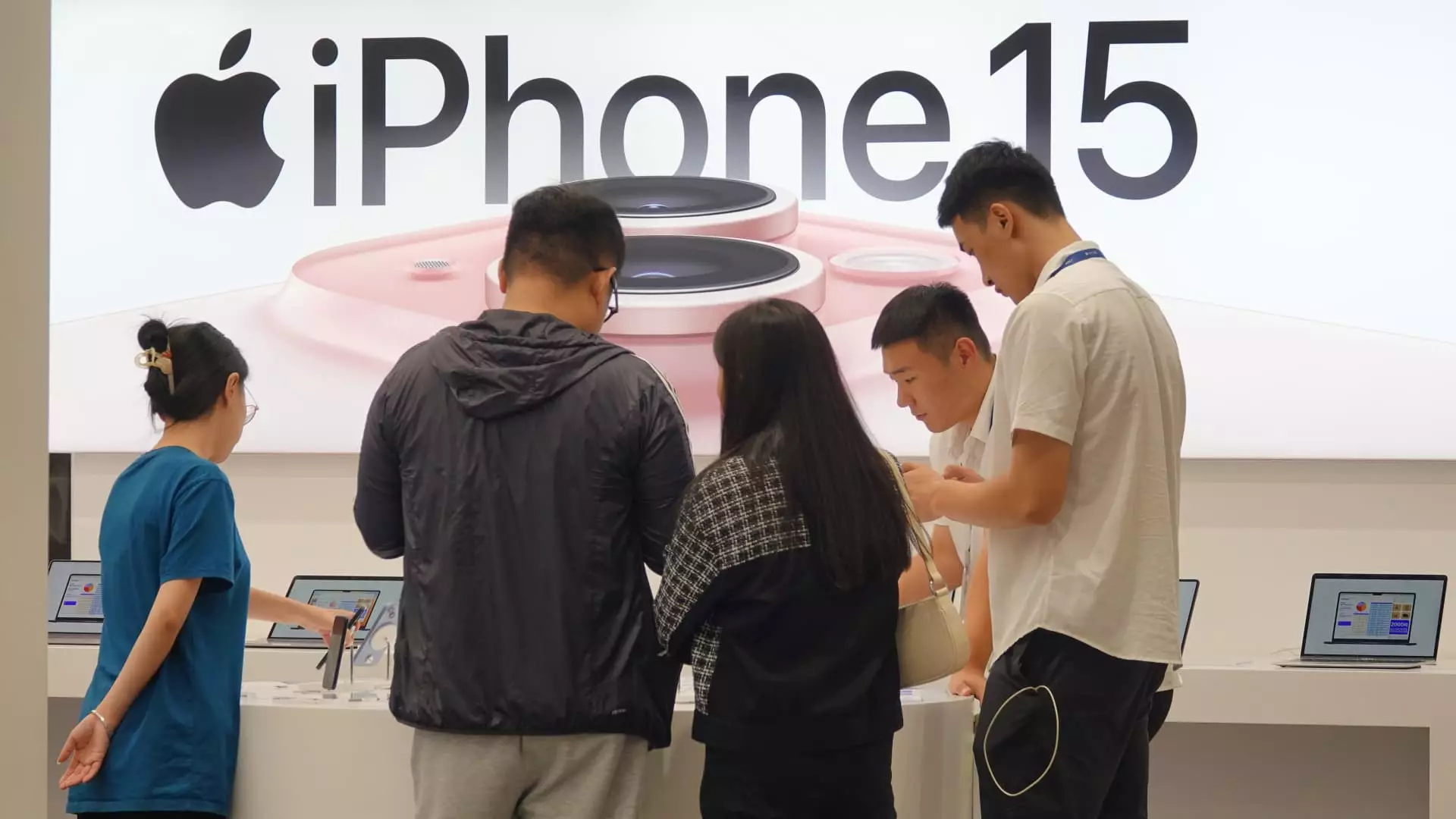The sales of Apple’s iPhone in China have experienced a significant decline in the first six weeks of 2024, according to a recent report by Counterpoint Research. This drop in sales can be attributed to fierce competition from local smartphone manufacturers such as Huawei, Oppo, Vivo, and Xiaomi. With Apple’s market share in China dwindling, it is important to analyze the factors contributing to this decline and the resurgence of Huawei in the Chinese market.
In the first six weeks of 2024, iPhone sales in China plummeted by 24%, signaling a challenging period for Apple in one of its key markets. The competition from local Chinese smartphone brands has intensified, with Huawei leading the charge with its impressive performance in the region. Other Chinese manufacturers like Oppo, Vivo, and Xiaomi also witnessed declines in their unit sales, although not as steep as Apple’s. This downward trend for Apple can be attributed to various factors, including the lack of innovation in their latest iPhone models and the rising popularity of Chinese brands offering competitive features at a lower price point.
Huawei, once a dominant player in the Chinese smartphone market, faced setbacks due to U.S. sanctions that restricted its access to vital technology components. However, with the launch of its Mate 60 smartphone, Huawei has seen a resurgence in China, with a significant increase in smartphone unit shipments year over year. The Mate 60’s introduction of 5G connectivity was a game-changer, attracting customers who were previously drawn to iPhones but were swayed by the lack of cutting-edge features in Huawei’s previous models. This revival of Huawei poses a threat to Apple’s market share in China, as consumers are now presented with a viable alternative to the iPhone from a local brand.
Apple’s challenges in China extend beyond competition from Huawei to include supply chain disruptions that have affected its product availability in the region. The company faced significant issues with its supply chain in late 2022, as Covid-19 lockdowns in China impacted production. This led to a shift in supply to January 2023, resulting in abnormally high sell-through that year compared to 2024. These disruptions have hindered Apple’s ability to meet demand in China and have contributed to its declining sales figures in the region.
Apple’s decline in iPhone sales in China highlights the changing dynamics of the smartphone market in the region. The rise of Huawei as a formidable competitor, coupled with supply chain challenges for Apple, has created a challenging environment for the tech giant in one of its most critical markets. To remain competitive, Apple will need to innovate its product offerings, address supply chain issues, and differentiate itself from local Chinese brands to regain its foothold in China. Only time will tell if Apple can navigate these challenges and regain its position as a leading smartphone brand in the Chinese market.

Leave a Reply